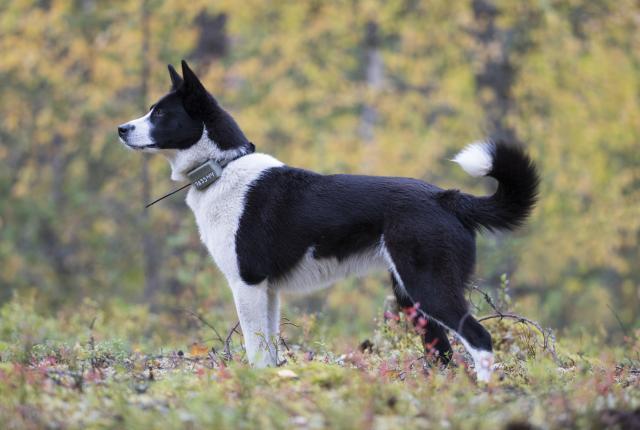Finnish native dog breeds’ genetic resources programme
The Finnish native dog breeds’ genetic resources programme is based on the national animal genetic resources programme.

The Finnish native dog breeds’ genetic resources programme is based on the national animal genetic resources programme.

Together with 190 other states, Finland has signed the international Convention on Biological Diversity. The goals of the Convention include protection of biodiversity, sustainable partial use of it and the fair and equal division of the benefits gained from using the traditional materials.
In Finland, the Convention is implemented through the national animal genetic resources programme, among other things. The canine DNA bank is part of this programme with the objectives of
• preserving native breeds from extinction
• maintaining native breeds in a financially sustainable way
• preserving as extensive as possible genetic variation in pet breeds
• taking into account the balanced developing of domestic animals’ production capacity and sustainability in the breeding programmes
• maintaining and strengthening domestic animal genetics, breeding and domestic animal genetic resources.
The Finnish native dog breeds in the programme include the Finnish Hound, the Finnish Lapponian Dog, the Karelian Bear Dog, the Lapponian Herder and the national dog of Finland, the Finnish Spitz. The breeds are our national treasures as they represent a valuable living Finnish cultural heritage that is closely connected to the history of the Finnish people. In addition to native Finnish breeds, the aim is also to preserve the genetic ancestry also from the Finnish population of the Norrbottenspitz.
In practice, genetic matter is stored by freezing the semen of male dogs.
Of each breed, artificial insemination straws are stored from at least 25–30 males in the long-term storage. The purpose of the DNA bank is to ensure the preservation of the breeds’ unique features and genetic diversity. The insemination straws can be used, if necessary.
Of each breed, insemination doses from 25–30 males are stored in the DNA bank. The male dogs suitable for the programme are selected by the genetic resource committee of the breed clubs and the Finnish Kennel Club and naturally with the contribution of dog owners.
Male dogs suitable for donors
• are healthy with no identified hereditary diseases
• are as little related to the current bitch population as possible
• are from different pedigrees as much as possible
• are pure-bred and at least four generations are known of their pedigrees (if a new dog has been introduced to the breed with a known background, it doesn’t pose an obstacle to becoming a donor)
• have a maximum degree of inbreeding of 6.25 from five generations
It is recommended that the donor dogs have undergone the health examinations required by the health programme for canine genetic diseases and defects (PEVISA) and breed-specific breeding programmes (JTO), and that the donor dogs have proof of the characteristic purposes of use.